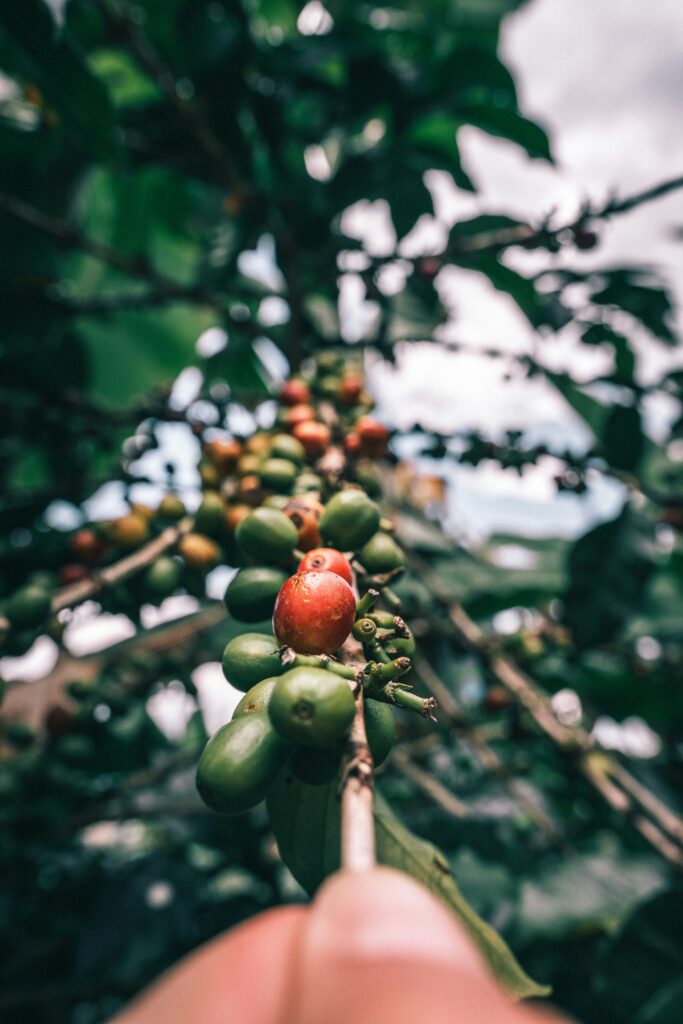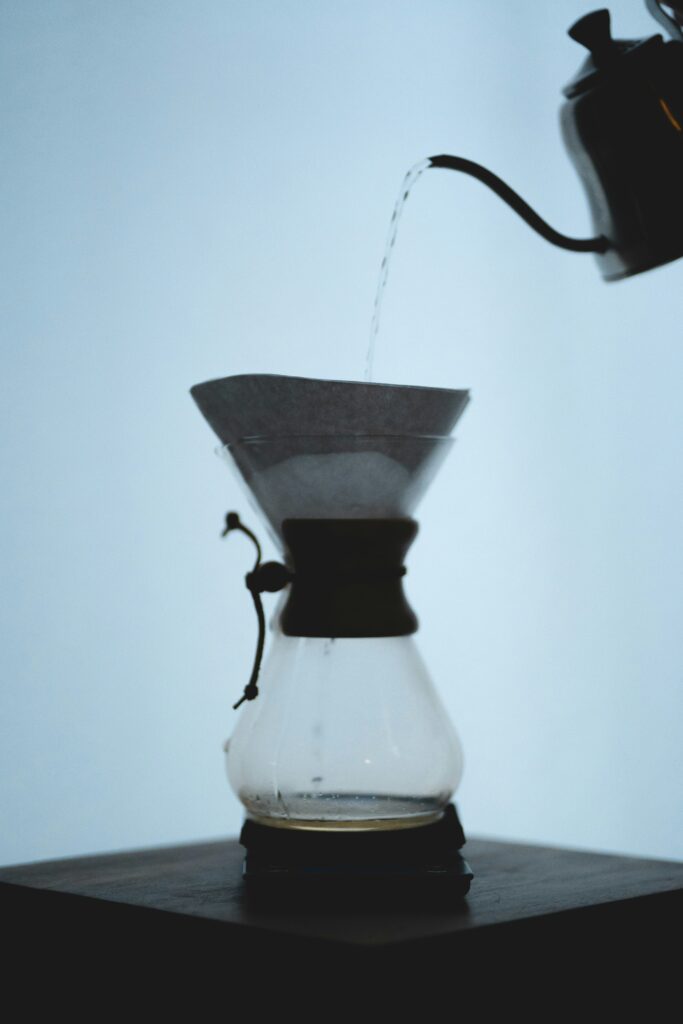Table of Contents
Discover what makes specialty coffee unique, from farm-to-cup processes to brewing tips. Bring the café experience home.

Introduction
Coffee is a widely loved drink that has been appreciated by individuals globally for many centuries. It comes in many forms, from instant coffee to premium specialty coffee. Specialty coffee, also known as “third-wave” coffee, has gained popularity in recent years due to its high-quality and unique flavors.
Specialty coffee is not just about taste, but it’s also about the entire process of growing, roasting, and brewing the beans. In this guide, we will dive deep into the world of specialty coffee and provide you with all the information you need to become a true coffee connoisseur.
What is Specialty Coffee?
Gone are the days when coffee was just a means to wake up. Today, for the true connoisseur, coffee is all about the experience, the craft, and above all, the taste. This is where specialty coffee enters the scene—a cut above your average morning brew, offering an unparalleled sensory adventure to coffee enthusiasts.
This blog explores everything you need to know about specialty coffee—from its fascinating farm-to-cup progression to the cultural nuances of crafting the perfect brew. Whether you’re a budding home barista or a seasoned specialty coffee lover searching “specialty coffee near me,” you’ll find plenty of brewing inspiration here.
What Exactly is Specialty Coffee?
Specialty coffee isn’t just a trendy buzzword; it’s a term with real substance. According to the Specialty Coffee Association (SCA), this designation is reserved for the highest-quality coffee beans, graded 80 points or above out of 100 by certified coffee tasters (Q Graders).
What makes it special? Its meticulous attention to every stage of production—from growing high-altitude, handpicked beans to precise roasting and brewing techniques. The result? Coffee that surprises and delights with rich flavor complexity, delivering far more than bitterness or baseline caffeine.
The popularity of specialty coffee has surged in recent years, changing the way we approach our daily cup. It’s no longer just about convenience or habit—it’s about the artistry, sustainability, and culture that surround it.

From Coffee Tree to Cup
Cultivation at the Source
Specialty coffee begins life as cherries grown in optimal conditions, mainly at high altitudes with fertile soil and the right climate. Countries like Ethiopia, Colombia, and Guatemala are known for their ideal growing environments and rich coffee traditions.
Farmers who focus on specialty coffee production often adhere to rigorous agricultural practices, such as selective handpicking of ripe cherries, to yield the highest-quality crop.

Processing the Coffee Cherries
Once harvested, the transformation into specialty coffee begins with processing. This important phase involves removing the outer layers of the cherry to extract the seeds within, which we recognize as coffee beans. There are several methods, each with its influence on flavor:
- Washed Process: This method results in clean, vibrant flavors.
- Natural Process: Produces sweeter, fruitier notes by drying the cherries whole.
- Honey Process: A hybrid approach offering a balanced sweetness and complexity.
- Roasting for Perfection
Next comes roasting, often referred to as an art form in the specialty coffee world. Unlike commercial roasting, which may prioritize efficiency, specialty coffee roasters tailor every batch to highlight the bean’s unique character. This could include accentuating nutty cocoa notes in a Brazilian coffee or the delicate floral profiles of Ethiopian varieties.
Proper roasting unlocks the true potential of the bean, ensuring that the natural flavors shine while avoiding overly bitter or burnt profiles.
SCA and CVA: Guardians of Coffee Excellence
When it comes to ensuring the world’s finest coffee, organizations like the Specialty Coffee Association (SCA) and initiatives like the Coffee and Farmer Equity (C.A.F.E.) Practices play a crucial role.
The SCA sets standards for coffee quality, providing strict protocols for cupping, grading, and brewing. Meanwhile, C.A.F.E. Practices, created by Starbucks in collaboration with Conservation International, prioritize sustainability by ensuring fair wages for farmers and ethical coffee-growing practices.
Working in tandem, these organizations not only ensure exceptional quality but also support the ecosystem of farmers, roasters, and suppliers who make specialty coffee possible.

Brew Ratios Explained
No discussion about specialty coffee would be complete without mentioning the importance of brew ratios.
Getting the right coffee-to-water ratio is essential for achieving that perfect cup.
What is a Ratio in Brewing?
A coffee brew ratio is the weight of coffee to the amount of water. For specialty coffee, the “golden ratio” is typically 1 gram of coffee per 15–17 grams of water. This balance ensures the coffee is neither under-extracted (weak and sour) nor over-extracted (bitter and harsh).
If you’re new to brewing, start with a ratio of 1:16 (e.g., 30 grams of coffee to 480 grams of water for a single pour-over) and adjust to taste.
Pro tip: Use a digital scale for precision, and always grind fresh beans to match your brewing method.
The Tastes and Scents of Specialty Coffee
One of the joys of specialty coffee is exploring its diverse flavor profiles, which are shaped by origin, processing, and roast level. Here are some examples:
- Ethiopian coffee: Expect floral and tea-like flavors, with a hint of citrus zest.
- Colombian coffee: Known for balanced acidity and notes of caramel and nuts.
- Guatemalan coffee: Offers a full body with complex chocolate and spicy tones.
Beyond taste, specialty coffee captivates with its aromas—from fruity and floral to nutty, chocolaty, or even wine-like scents.
Specialty Coffee Across the Globe
Coffee has a unique ability to connect people, with every culture bringing its own flair to how coffee is prepared and enjoyed:
- Japan: The siphon brew method is highly valued for its precision and theatrics.
- Italy: Espresso reigns supreme, punctuated by quick coffee breaks known as “caffè al banco.”
- Ethiopia: Coffee ceremonies—complete with roasting and serving on-the-spot—symbolize hospitality and tradition.
Exploring global coffee traditions can deepen your appreciation for specialty coffee’s artistry and cultural significance.
Discover Specialty Coffee Near You
Curious where to find or enjoy specialty coffee in your area? Here’s how to get started:
- Search Local Shops
Use search terms like “specialty coffee near me” or “ratio specialty coffee” to locate nearby roasters and cafés.
- Ask for Recommendations
Chat with fellow coffee enthusiasts for hidden gems and must-try spots.
- Support Local Roasters
When possible, buy directly from roasters who take pride in sourcing exceptional beans.
- Experiment at Home
Purchase beans and explore brewing methods like pour-over, French press, or Aeropress.

Savor Every Sip
Specialty coffee isn’t just about drinking. It’s about savoring the craft, respecting its origins, and sharing joy with others in the coffee community. By understanding its complexities—from cultivation and processing to brewing ratios—you’re not only elevating your coffee game, but also supporting a global ecosystem of passionate farmers and artisans.
Take the plunge into this extraordinary world. Whether you’re brewing at home or visiting your favorite shop, there’s always something delicious waiting to be discovered.

Pingback: The Best Canna Coffee Ice Cream in Washington, DC – A Must-Try Treat
Pingback: Factory Coffee Bangkok: The Ultimate Coffee Experience You Can’t Miss